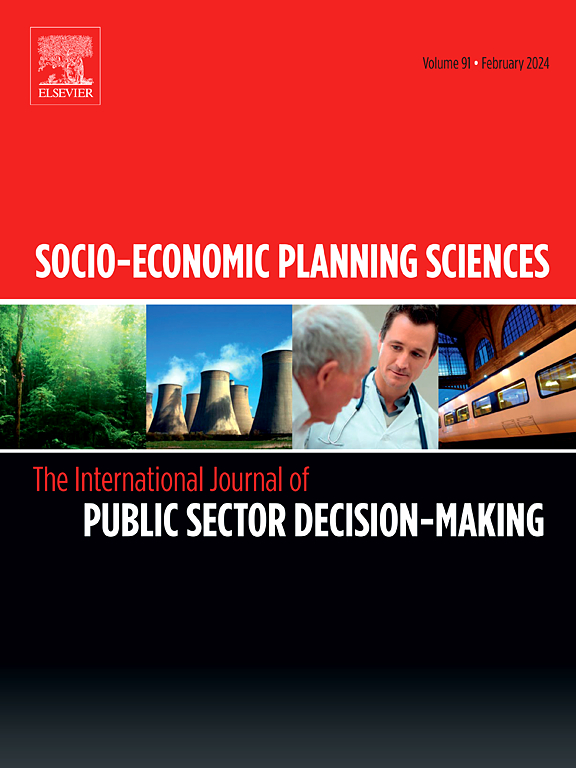San Francisco Bay area community cohesion and resilience: Two case studies
IF 6.2
2区 经济学
Q1 ECONOMICS
引用次数: 0
Abstract
In this submission, the authors develop an innovative approach to measuring community resilience by mathematical analysis of its members’ social-media microblogs. The approach involves applying machine-learning and graph-analytic techniques to infer social cohesion, which is later used as the state variable by which resilience is measured. We analyze community cohesion and its dynamics during two natural disasters that hit San Francisco Bay Area with an interval of only two years - the wildfires of 2020 and the torrential rainstorms during the water year of 2022/23.
The backdrop of the wildfires was characterized by the first year of the COVID pandemic, with all the uncertainty, deficit of personal protective equipment (PPE), loss of jobs, social-justice protests, and Presidential elections. For the rainstorms, the backdrop consisted of the Omicron variant of COVID, structural damage due to heavy rains and winds, and midterm elections. Bay Area economy too was in a different state during the wildfires than it was during the rainstorms. In this submission, we measure the community resilience based on the dynamics of Bay Area recovering from these events. We propose novel metrics for community cohesion and investigate the mechanisms by which emotions, local economy, weather, and air quality affects community cohesion. We also explore whether community resilience is influenced by these mechanisms.
Specifically, we analyze the mediating role played by emotions in the community cohesion and resilience processes.
旧金山湾区社区凝聚力和复原力:两个案例研究
在这篇论文中,作者开发了一种创新的方法,通过对社区成员的社交媒体微博进行数学分析,来衡量社区的恢复能力。该方法包括应用机器学习和图形分析技术来推断社会凝聚力,后者后来被用作衡量弹性的状态变量。我们分析了旧金山湾区两次间隔仅两年的自然灾害——2020年的野火和2022/23年的暴雨——期间的社区凝聚力及其动态。野火的背景是2019冠状病毒病大流行的第一年,充满了不确定性、个人防护装备短缺、失业、社会正义抗议和总统选举。此次暴雨的背景是新冠病毒“Omicron变种”、暴雨和大风造成的结构破坏、中期选举等。山火期间湾区的经济状况也与暴雨期间不同。在这份报告中,我们基于湾区从这些事件中恢复的动态来衡量社区的恢复能力。我们提出了社区凝聚力的新指标,并研究了情绪、当地经济、天气和空气质量影响社区凝聚力的机制。我们还探讨了社区恢复力是否受到这些机制的影响。具体而言,我们分析了情绪在社区凝聚力和弹性过程中的中介作用。
本文章由计算机程序翻译,如有差异,请以英文原文为准。
求助全文
约1分钟内获得全文
求助全文
来源期刊

Socio-economic Planning Sciences
OPERATIONS RESEARCH & MANAGEMENT SCIENCE-
CiteScore
9.40
自引率
13.10%
发文量
294
审稿时长
58 days
期刊介绍:
Studies directed toward the more effective utilization of existing resources, e.g. mathematical programming models of health care delivery systems with relevance to more effective program design; systems analysis of fire outbreaks and its relevance to the location of fire stations; statistical analysis of the efficiency of a developing country economy or industry.
Studies relating to the interaction of various segments of society and technology, e.g. the effects of government health policies on the utilization and design of hospital facilities; the relationship between housing density and the demands on public transportation or other service facilities: patterns and implications of urban development and air or water pollution.
Studies devoted to the anticipations of and response to future needs for social, health and other human services, e.g. the relationship between industrial growth and the development of educational resources in affected areas; investigation of future demands for material and child health resources in a developing country; design of effective recycling in an urban setting.
 求助内容:
求助内容: 应助结果提醒方式:
应助结果提醒方式:


